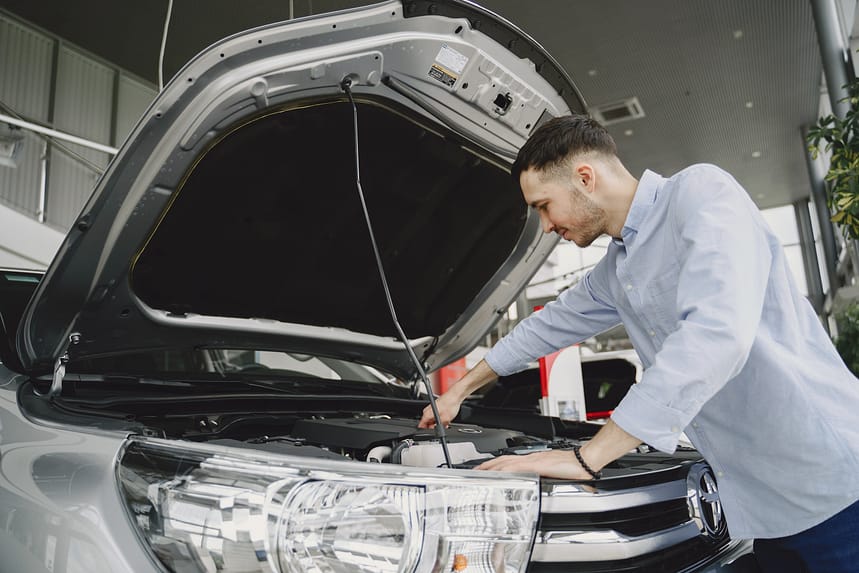Before driving off with your newly purchased car, it’s essential to conduct a thorough pre-delivery inspection (PDI) to ensure that everything is in order. A self PDI allows you to identify any potential issues or discrepancies and address them before taking ownership. Here’s a step-by-step guide on how to conduct a self PDI of a car:
Gather the necessary tools:
- Flashlight: Helps illuminate hard-to-see areas.
- Microfiber cloth: Used for wiping surfaces and checking for imperfections.
- Checklist: Create a checklist of items to inspect, including both interior and exterior components.
Exterior inspection:
- Walk around the car: Inspect the exterior for any scratches, dents, or paint imperfections.
- Check body panels: Ensure that all panels align correctly and there are no gaps or misalignments.
- Test the doors, hood, and trunk: Open and close each door, hood, and trunk to verify they operate smoothly.
- Examine the glass: Inspect the windshield and windows for any cracks or chips.
- Check the lights: Test all exterior lights, including headlights, taillights, indicators, and brake lights.
- Verify the tires: Check the tire condition, including tread depth and any signs of damage.
Interior inspection:
- Cleanliness and odors: Assess the cleanliness of the interior and ensure there are no unusual odors.
- Upholstery and surfaces: Check the seats, carpets, and interior surfaces for any stains, tears, or defects.
- Functionality of controls: Test all buttons, switches, and knobs to ensure they function properly.
- Check the infotainment system: Verify that the audio, navigation, and other infotainment features work as intended.
- Air conditioning and heating: Test the climate control system to ensure it cools and heats effectively.
- Seat adjustments: Adjust the seats to ensure they move smoothly and lock securely in place.
Under the hood:
- Fluid levels: Check the engine oil, coolant, brake fluid, and windshield washer fluid levels.
- Battery condition: Inspect the battery for any signs of corrosion or damage.
- Belts and hoses: Check for any signs of wear, cracks, or leaks in the belts and hoses.
- Engine compartment cleanliness: Verify that the engine compartment is clean and free of debris.
Test drive:
- Start the engine: Listen for any unusual noises or vibrations during engine startup.
- Acceleration and braking: Test the car’s acceleration and braking capabilities for smoothness and responsiveness.
- Steering and suspension: Assess the steering response and suspension by driving over different road surfaces.
- Test all features: Engage all features, such as the wipers, lights, indicators, horn, and parking brake.
Documentation and paperwork:
- Verify all documents: Ensure that all necessary documents, such as the registration certificate and owner’s manual, are present.
- Check VIN and engine number: Match the vehicle identification number (VIN) and engine number with the documents.
By following these steps, you can conduct a comprehensive self PDI of your newly purchased car. If you encounter any issues or concerns during the inspection, promptly notify the dealership or seller to address and resolve them before taking ownership. Taking the time to perform a self PDI helps ensure that you begin your ownership experience with a car that meets your expectations and is in optimal condition.






